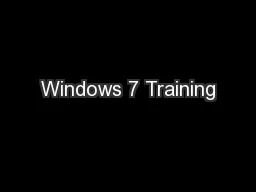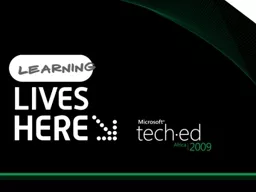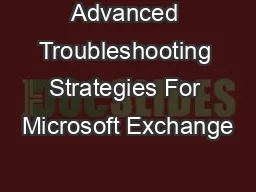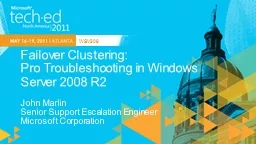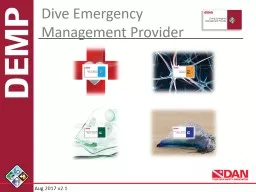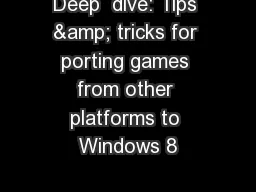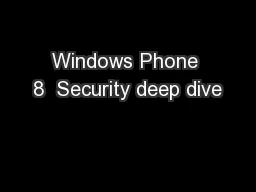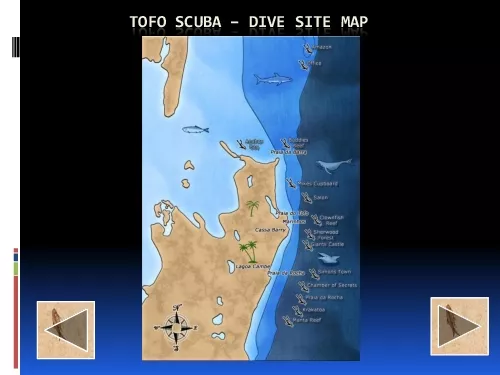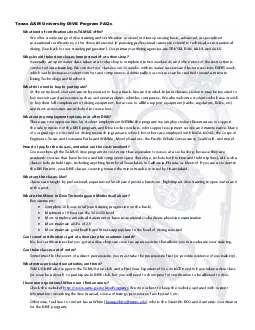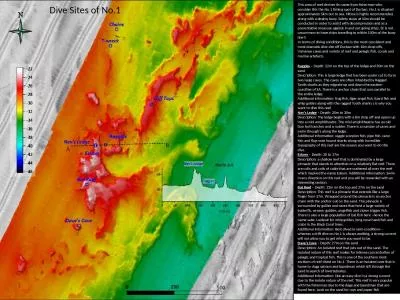PPT-Windows Performance Deep Dive Troubleshooting
Author : briana-ranney | Published Date : 2017-07-06
WINB413 Milad Aslaner Yong Rhee Premier Field Engineer Sr Premier Field Engineer Microsoft Microsoft This is going to be really indepth promise Agenda Windows Performance
Presentation Embed Code
Download Presentation
Download Presentation The PPT/PDF document "Windows Performance Deep Dive Troublesho..." is the property of its rightful owner. Permission is granted to download and print the materials on this website for personal, non-commercial use only, and to display it on your personal computer provided you do not modify the materials and that you retain all copyright notices contained in the materials. By downloading content from our website, you accept the terms of this agreement.
Windows Performance Deep Dive Troubleshooting: Transcript
Download Rules Of Document
"Windows Performance Deep Dive Troubleshooting"The content belongs to its owner. You may download and print it for personal use, without modification, and keep all copyright notices. By downloading, you agree to these terms.
Related Documents


